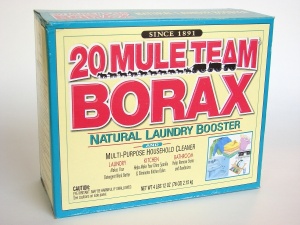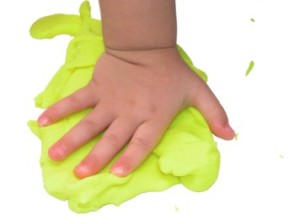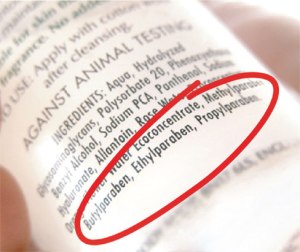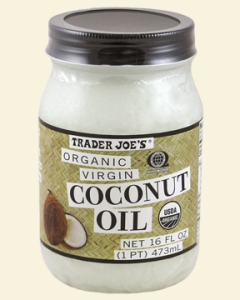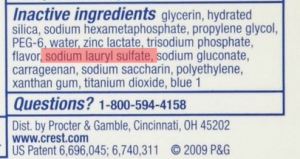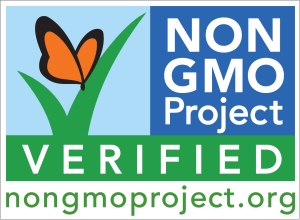Borax has been considered a “natural” and “green” cleaning agent since the 1890’s when it was discovered in Tibet. Many people view it as a safe alternative to chemical-heavy products, and keep it as a household staple because of its versatility. It can be used as a dish detergent, stain remover, ant killer, rust remover, counter cleaner, and the list goes on and on. Like baking soda, its uses seem endless. The difference? Baking soda hasn’t been linked to hormone disruption.
The Environmental Working Group published an article in 2011 outlining their concerns with Borax. It is a skin and respiratory irritant, but worst of all, has been proven in animal studies to disrupt the body’s natural production of hormones.
“Borax and its cousin, boric acid, may disrupt hormones and harm the male reproductive system. Men working in boric acid-producing factories have a greater risk of decreased sperm count and libido. According to EPA’s safety review of these pesticides, chronic exposure to high doses of borax or boric acid causes testicular atrophy in male mice, rats and dogs.
Animal studies reviewed by the EPA indicate that while the female reproductive system is less sensitive to borax, exposure to it can also lead to reduced ovulation and fertility. Borax and boric acid can cross the placenta, affecting fetal skeletal development and birth weight in animal studies of high-dose exposures.”
To date, not many studies have been done regarding what amount of Borax is safe to use in the home. Because of this, the EWG recommends not using it at all. The 20 Mule Team Borax Material Safety Data Sheet (MSDS) did confirm that animals given borax by mouth showed a disruption in sperm and male fertility in general. They also stated, “Boric acid produces developmental effects, including reduced body weight, malformations and death, in the offspring of pregnant animals given boric acid by mouth.”
You may have noticed that the Environmental Working Group and the MSDS refer to both Borax and Boric Acid. They are not the same, but are close cousins. To clarify, here are the differences:
Borax: Other names are sodium borate, sodium tetraborate, or disodium tetraborate. According to the 20 Mule Team website “Borax is the common name for sodium tetraborate: a naturally occurring substance produced by the repeated evaporation of seasonal lakes.”
Boric Acid: An acid crystalline compound derived from borax. Boric acid may be created by mixing borax with a mineral acid, such as hydrochloric acid. Read more about boric acid toxicity here.
If you currently use borax in your home, you may want to replace it with something less questionable and potentially harmful, and it will be easier than you think! Check out our post here on homemade and chemical-free cleaning products to get you started!
By Courtney Perry

